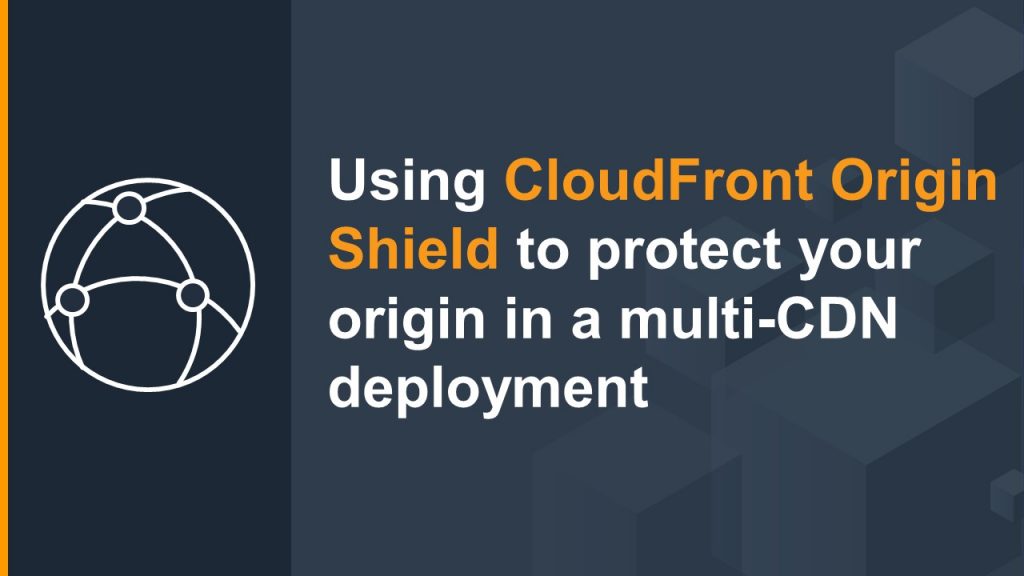Networking & Content Delivery
Category: Amazon CloudFront
Improve your website availability with Amazon CloudFront
In this blog post, you will learn about the features of Amazon CloudFront that help you avoid unexpected failures and improve website availability. Click here to learn more about edge networking with AWS. When using CloudFront with your website, one of the inherent benefits is the ability to cache content. This helps to reduce the […]
CloudFront Migration Series (Part 3): OLX Europe, The DevOps Way
Business and scale at OLX Group At OLX Group, we operate the fastest-growing network of trading platforms globally. Serving 300 million people every month in 30+ countries around the world, OLX Group helps buy and sell cars, find housing, get jobs, buy and sell household goods, and much more. With more than 20 well-loved local […]
On-the-fly video conversion with Amazon CloudFront, Lambda@Edge, and AWS Elemental MediaConvert
Introduction: Whether your media library includes long form featured movies or short form “how-to” clips, the popularity of each video asset is typically set by your viewers preference. In order to deliver your online video content, AWS offers multiple solutions that you can use to automate your media supply chain, and streamline your content distribution. […]
Using CloudFront Origin Shield to protect your origin in a multi-CDN deployment
This blog details how Amazon CloudFront’s recently announced Origin Shield can enhance your multi-CDN media workload by minimizing the load on our your origin. This reduction in origin load can improve your origin’s availability, reduce its operating costs, and even improve general performance for your viewers.
Customize 403 error pages from Amazon CloudFront Origin with Lambda@Edge
AWS Web Application Firewall (AWS WAF) is commonly used to protect HTTP and HTTPS requests forwarded to Amazon CloudFront. When you are using this approach, default 403 error pages do not distinguish whether the error came from AWS WAF or the CloudFront Origin. As an AWS WAF and Amazon CloudFront user, you may want to […]
CloudFront Migration Series (Part 2): Audible Plus, The Turning Point
Introduction In 2020, users have come to expect a flawless streaming media experience, whether it’s video, music, or audiobooks. Playback must start quickly and be resilient to changes in network availability and bandwidth. To deliver all of this content, you must have a performant, highly available and reliable Content Delivery Network (CDN) to reach customers […]
Leverage Amazon CloudFront geolocation headers for state level geo-targeting
Introduction When you provide content online, personalization is used to improve your customers’ experience, market effectively, and meet regulatory requirements. One common way you can personalize web content is based on the geographical location of your customers. Since 2014, Amazon CloudFront has supported country-level location based personalization with a feature called Geolocation Headers. Using the […]
CloudFront migration series (Part 1) – introduction
September 8, 2021: Amazon Elasticsearch Service has been renamed to Amazon OpenSearch Service. See details. This is the first post in a blog series about Amazon CloudFront migrations. CloudFront works with other AWS edge networking services, to provide content delivery, perimeter security, end-user routing, and edge compute. CloudFront is a Content Delivery Network (CDN), which […]
Securing CloudFront Distributions using OpenID Connect and AWS Secrets Manager
Amazon CloudFront is a CDN that is used to securely deliver content, applications, and APIs to globally dispersed customers with low-latency and high transfer speeds. Amazon CloudFront is ideal for serving-up websites, caching content, and delivering static files to users across the globe. This blog post will allow organizations who host private web apps on Amazon […]
Optimizing performance for users in China with Amazon Route 53 and Amazon CloudFront
China is an important market for global companies. Both enterprises and startups conducting or expanding business globally are looking for ways to tap into the growing user market in China. To help accelerate the customer cloud journey and help them move quickly into the new markets, AWS China (Beijing) Region was launched in 2016, followed […]









